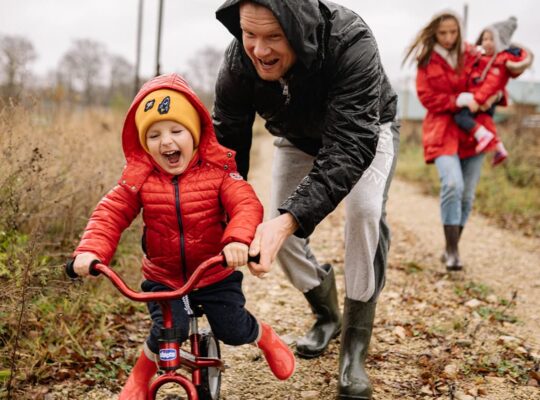Attachment is the reciprocal process of forming emotional bonds between people that last indefinitely, even if the people are separated. For adults, attachment is a useful skill and a human need. For children, it is a vital necessity and the first psychological experience from which to build an approach to relationships in the future.
Attachment as an instrument of interaction with loved ones is not sewn into the brain of an infant, but is formed during communication with a significant adult. Usually it’s mom or dad, less often – grandma or someone else, if the child was left without parents. In a family where there is peace, quiet and mutual understanding, and the child grows up in love and care, the baby forms a normal attachment, which psychologists call “secure”.
Attachment disorder manifests itself in distrust, fears, anxiety, wariness, adaptation difficulties, craving for co-dependence, behavioral disorders, the essence of which boils down to one thing – the inability to choose a suitable partner and build a happy relationship.
CAUSES OF ATTACHMENT DISORDERS
The theory of attachment was substantiated at the turn of the 1960-70-ies English psychiatrist and psychoanalyst John Bowlby in collaboration with psychologist Mary Ainsworth, describing the phenomenon as a close emotional contact between the child and the mother. Over time, Bowlby guessed that the bond formed in infancy plays an active role throughout life, influencing interpersonal relationships and all cognitive processes.
In the late 1980s, scientists further developed Bowlby and Ainsworth’s ideas and found that the interactions between partners in love, friendship, and even business relationships are similar to those between a child and a parent. Like the bond between mom and baby, where each receives its own benefits and support, the romantic relationship is a secure base, a system that helps everyone in the couple and both together to reflect internal and external influences, adapting to the challenges and joys.
A key finding of the scientists was that the principles formed in child-parent contact influence attachment in romantic relationships. The type of attachment is laid down in very early childhood and remains stable throughout life, although it can be influenced by acquired experience. In other words, a person can be raised in a secure environment, but after going through a negative experience in a love relationship, acquire an attachment disorder – and vice versa. It is possible to correct the situation for the better, but very difficult, because certain patterns of behavior are developed, which must be changed, and without the help of a specialist can not do without it.






